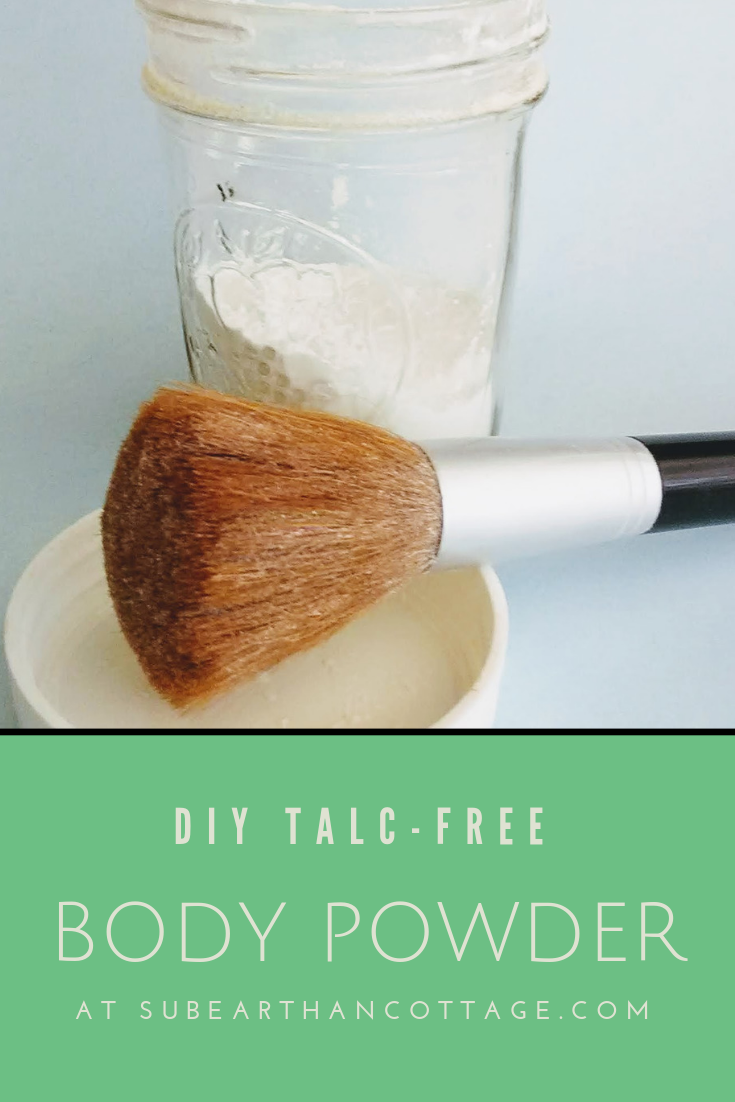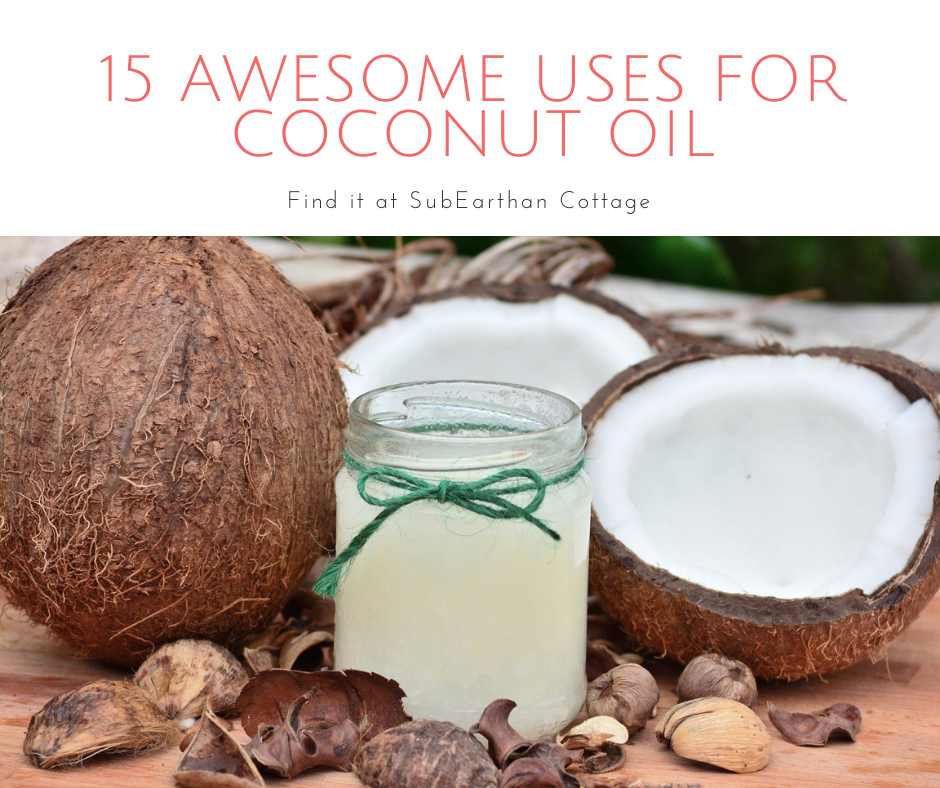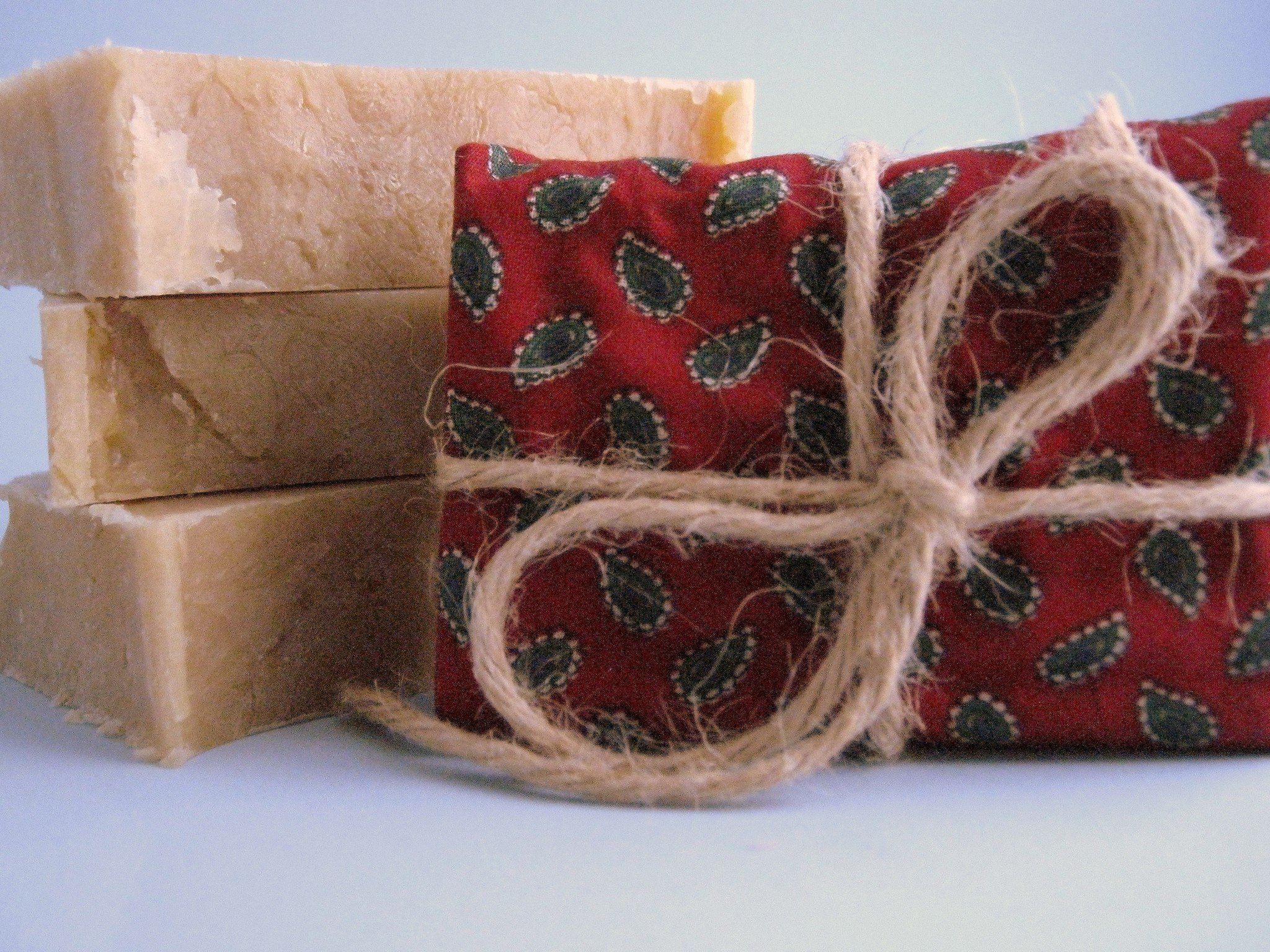
It’s hot outside. Like really sticky, sweaty hot. If you’re looking for a talc-free body powder to help you through it, I’ve got a recipe for you.
While you can purchase talc-free powder, making it yourself is simple, allows you to customize it, and is super inexpensive. Better yet, you probably already have everything you need.

Body Powder Recipe
Ingredients:
3/4 cup of Cornstarch
1/4 cup of Baking Soda
10-ish Drops of essential oil (optional)
Make it:
Combine the cornstarch and baking soda in a bowl or jar. Give it a stir or shake to mix. If you’re using an essential oil, add it now, then stir or shake some more to distribute.
Use it:
I keep mine in a jar and use a fluffy makeup brush to dust it where I need it. It works great as an all-over dusting powder, deodorant and shoe deodorizer. You can also dust a little in your hair in place of dry shampoo. For that, I like to put it in my hair at night and then brush it out in the morning.
Customize it:
The basic recipe is 3 parts cornstarch to 1 part baking soda, so you can use that 3:1 ratio to make as much or as little as you need.
Add more or less essential oil based on your preference. You can also use your favorite perfume to make a coordinating dusting powder.
If you find this formula too drying, reduce the amount of baking soda, or omit it all together.
Not a fan of cornstarch? Try using arrowroot. I personally haven’t tried it, so if you do, let me know how it works.
For babies, I recommend just plain cornstarch as baking soda might be too harsh. If you want to scent it, add a couple of drops of lavender essential oil. Essential oils aren’t generally recommended for babies under six months, so take that into consideration.
If you like using this as a dry shampoo and have dark hair, you can add a little bit of cocoa powder to the mix to make it less noticeable if you don’t get it brushed out completely.
Re-purpose a shaker jar, such as a spice or Parmesan cheese jar, rather than using a brush or puff to dispense.

Find more of my tutorials here: Tutorials.








